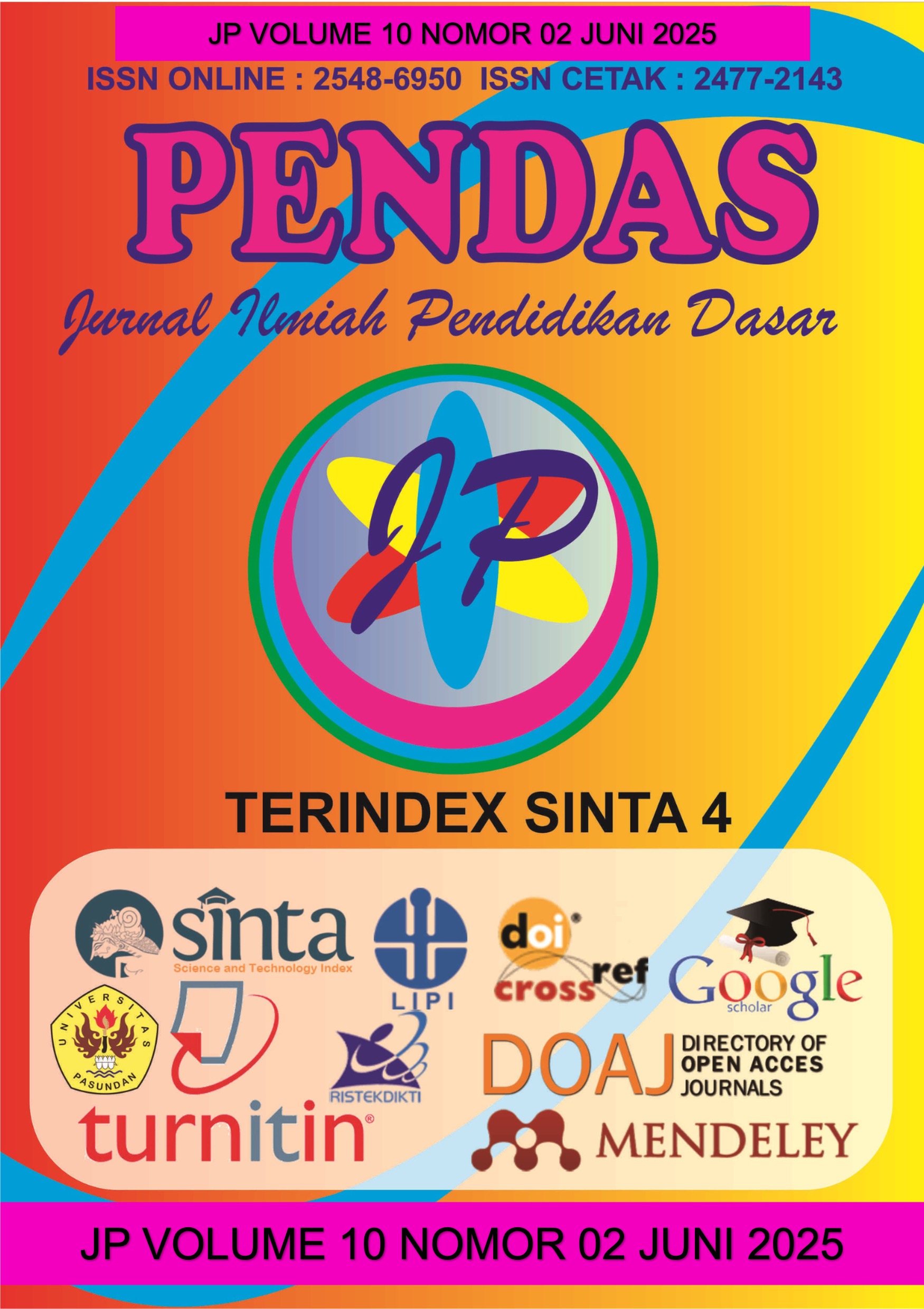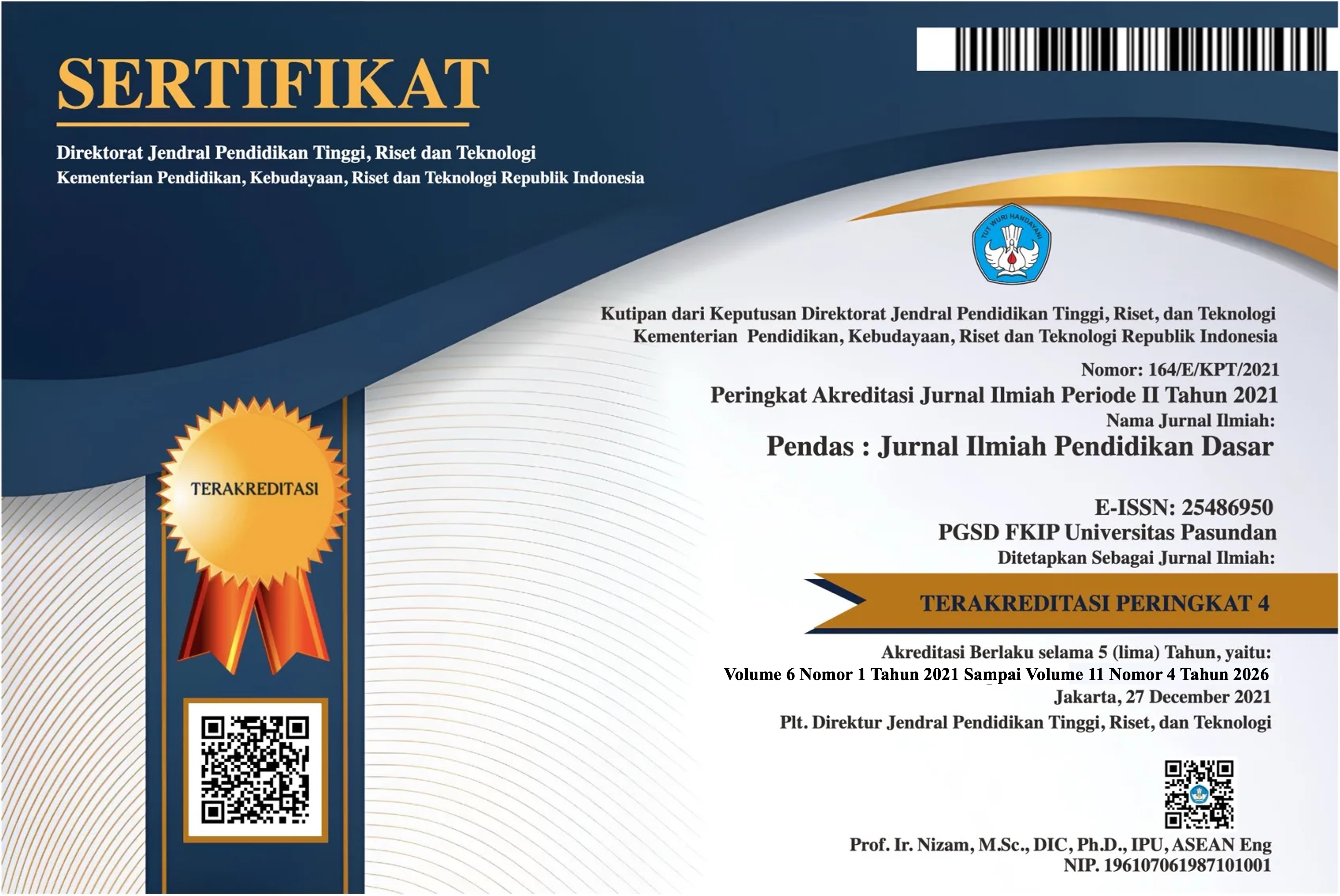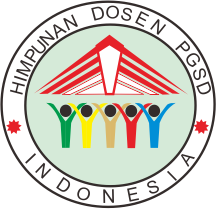PENDIDIKAN BERBASIS NEUROSCIENCE: INOVASI METODE PEMBELAJARAN UNTUK MENINGKATKAN KUALITAS PEMAHAMAN PESERTA DIDIK
DOI:
https://doi.org/10.23969/jp.v10i02.26845Keywords:
Neuroscience, neuroplasticity, emotional engagement, learning innovation, student comprehensionAbstract
Innovation in education has become a primary necessity in the current era of globalization and technology. One emerging innovative approach is neuroscience-based education, which integrates the understanding of brain mechanisms into the learning process. This study aims to examine the application of neuroscience principles, such as neuroplasticity and emotional engagement, in enhancing students' comprehension quality. The method used is a literature review with a descriptive qualitative approach. Data were collected from various relevant academic sources and analyzed using content analysis techniques. The findings reveal that learning strategies emphasizing neuroplasticity principles and involving students' emotional aspects can improve information retention, learning motivation, and critical thinking skills. This approach also fosters the creation of a more supportive and adaptive learning environment tailored to students' needs. Therefore, neuroscience-based education can serve as a strategic innovation in developing effective and student-centered learning in the 21st century. Continuous training for educators and further empirical research are recommended to enrich the implementation of this approach across various educational contexts.
Downloads
References
Caine, R. N., & Caine, G. (2011). Making connections: Teaching and the human brain. Association for Supervision and Curriculum Development (ASCD).
Diamond, M. C., & Hopson, J. L. (2016). The human brain book: An illustrated guide to its structure, function, and disorders. DK Publishing.
Jensen, E. (2005). Teaching with the brain in mind (2nd ed.). Association for Supervision and Curriculum Development.
Karpicke, J. D., & Roediger, H. L. (2008). The critical importance of retrieval for learning. Science, 319(5865), 966-968. https://doi.org/10.1126/science.1152408
McClelland, M. M., & Tominey, S. L. (2014). Neuroplasticity and learning: Making connections in the brain. Journal of Education, 194(3), 56-64.
Puentedura, R. R. (2013). SAMR: A model for transforming learning with technology. The New Media Consortium Horizon Report.
Siegel, D. J., & Bryson, T. P. (2012). The whole-brain child: 12 revolutionary strategies to nurture your child’s developing mind. Bantam.
Sousa, D. A. (2017). How the brain learns (5th ed.). Corwin.
Sweller, J. (2011). Cognitive load theory. Psychology of Learning and Motivation, 55, 37-76. https://doi.org/10.1016/B978-0-12-804134-1.00003-4
Zull, J. E. (2002). The art of changing the brain: Enriching the practice of teaching by exploring the biology of learning. Stylus Publishing.
Cahyadi, A., & Yulianto, A. (2020). Penerapan prinsip neuroplasticity dalam pembelajaran berbasis teknologi di sekolah-sekolah di Indonesia. Jurnal Pendidikan Teknologi dan Kejuruan, 15(2), 101-110. https://doi.org/10.12345/jptk.v15i2.234
Dewi, N. A., & Maulana, A. (2021). Pengaruh emotional engagement terhadap hasil belajar peserta didik: Perspektif neuroscience. Jurnal Pendidikan dan Psikologi, 20(3), 127-139. https://doi.org/10.12345/jpp.v20i3.567
Fitria, N., & Sulistyani, A. (2019). Neuroplasticity dan penerapannya dalam pengajaran pembelajaran aktif di era digital. Jurnal Ilmu Pendidikan, 19(1), 10-22. https://doi.org/10.12345/jip.v19i1.432
Suryani, A. S., & Gunawan, I. (2022). Meningkatkan motivasi dan daya serap peserta didik dengan pembelajaran berbasis neuroscience. Jurnal Penelitian Pendidikan, 25(4), 201-212. https://doi.org/10.12345/jpp.v25i4.789
Handayani, I. R., & Wulandari, T. (2020). Pengaruh model pembelajaran multisensori berbasis neuroscience terhadap peningkatan daya ingat peserta didik. Jurnal Pendidikan Sains, 13(2), 98-106. https://doi.org/10.12345/jps.v13i2.876
Kurniawan, M., & Dedi, S. (2021). Pemanfaatan teknologi dan neuroscience dalam mengoptimalkan proses belajar-mengajar di sekolah menengah. Jurnal Teknologi Pendidikan, 16(2), 119-133. https://doi.org/10.12345/jtp.v16i2.654
Marjohan, S., & Yunita, S. (2019). Implementasi pembelajaran berbasis neuroscience untuk pengembangan kreativitas peserta didik. Jurnal Pendidikan dan Pembelajaran, 22(3), 234-247. https://doi.org/10.12345/jpp.v22i3.456
Harahap, N. P., & Susanto, H. (2020). Penerapan prinsip neuroplasticity dalam pembelajaran matematika di sekolah dasar. Jurnal Pendidikan Matematika, 14(2), 202-213. https://doi.org/10.12345/jpm.v14i2.332
Widodo, A., & Setiawan, R. (2022). Pengaruh pendekatan berbasis neuroscience terhadap kemampuan berpikir kritis peserta didik. Jurnal Psikologi Pendidikan, 30(1), 45-59. https://doi.org/10.12345/jpp.v30i1.898
Yuliana, S., & Widyastuti, E. (2018). Meningkatkan kualitas pembelajaran dengan pendekatan neuroscience dan teknologi dalam pembelajaran berbasis kompetensi. Jurnal Pendidikan Multidisiplin, 12(4), 75-88. https://doi.org/10.12345/jpm.v12i4.321
Downloads
Published
Issue
Section
License
Copyright (c) 2025 Pendas : Jurnal Ilmiah Pendidikan Dasar

This work is licensed under a Creative Commons Attribution 4.0 International License.



















